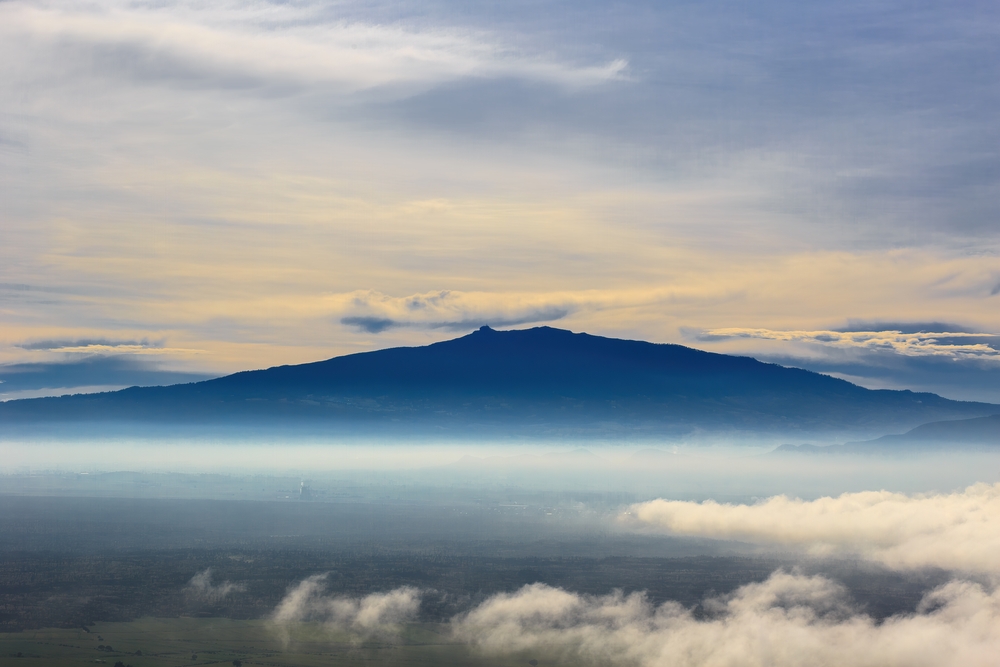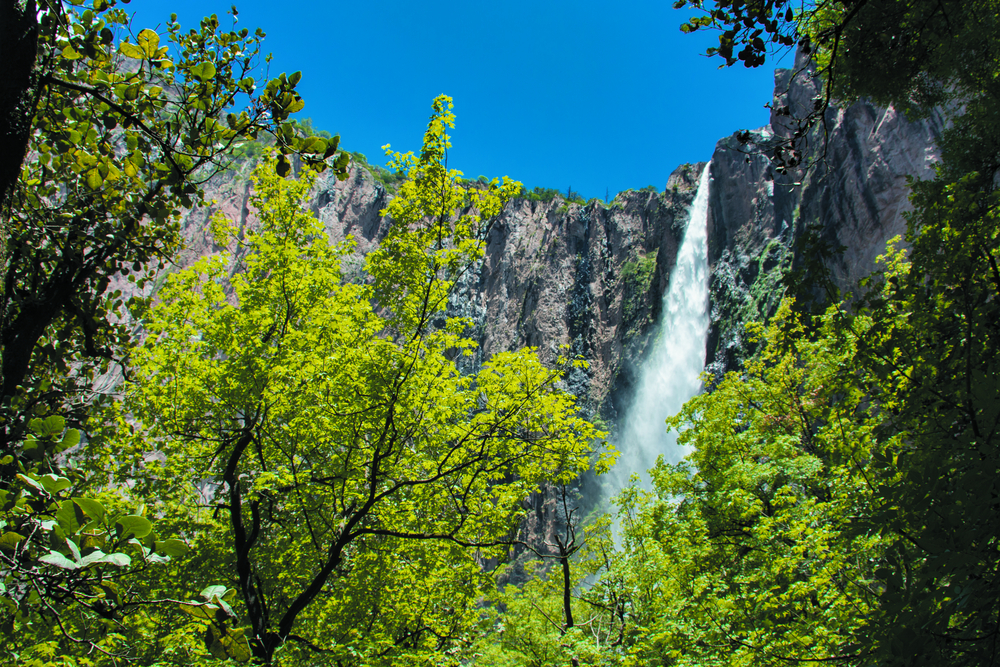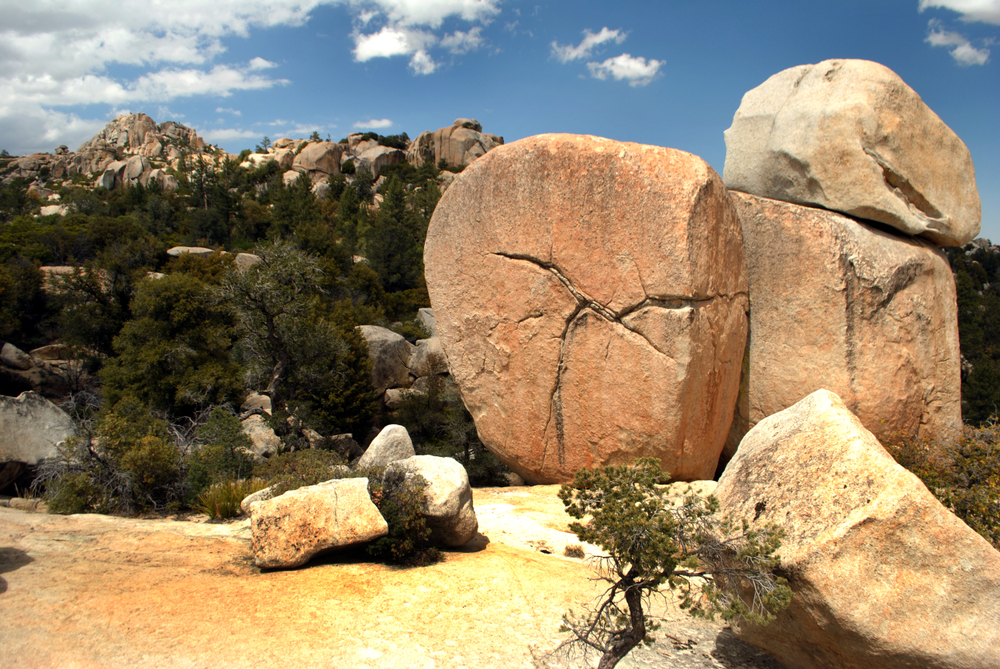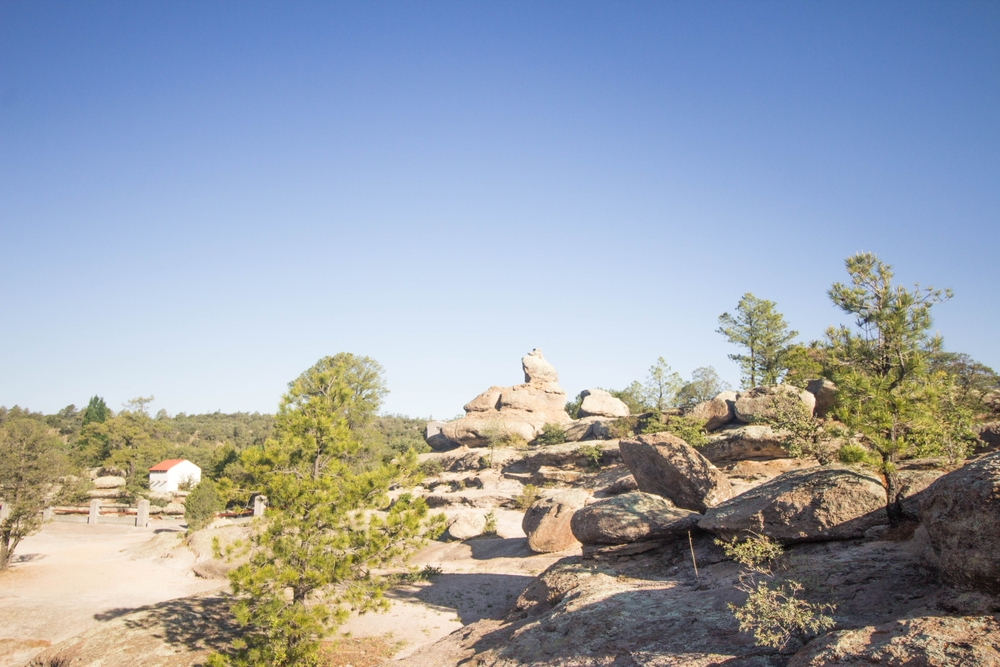Cumbres del Majalca Overview
Cumbres del Majalca National Park, known as Parque Nacional Cumbres de Majalca in Spanish, is located in northern Mexico within the state of Chihuahua. Covering approximately 73.3 square miles (190 square kilometers), the park is a haven of rugged mountain landscapes, striking rock formations, and diverse flora and fauna.
Nestled within the Sierra de Majalca range, it is part of the larger Sierra Madre Occidental, a vast mountainous region known for its breathtaking scenery and ecological richness. The park sits at a high altitude, with elevations reaching over 8,000 feet (2,400 meters), contributing to its cool climate and unique biodiversity.
The terrain of Cumbres del Majalca National Park is characterized by dramatic rock formations shaped by centuries of wind and water erosion. Towering cliffs, deep canyons, and jagged peaks define the landscape, making it a striking location for visitors.
The rock formations display an array of colors, ranging from deep reds and oranges to lighter hues, particularly during sunrise and sunset when the light enhances their natural beauty. Vegetation in the park consists mainly of pine and oak forests, with scattered grasslands and shrubs that add to the diverse ecosystem. Among the prominent peaks, Cerro Majalca stands out as one of the most notable features, drawing hikers and climbers eager to explore its rugged slopes.
The park is home to an impressive array of wildlife, making it an essential refuge for many species native to northern Mexico. Mammals such as cougars, bobcats, and white-tailed deer roam the forests, while smaller creatures like raccoons, skunks, and foxes also thrive within the park’s ecosystem.
Birdwatchers can expect to see golden eagles, peregrine falcons, and a variety of woodpeckers, as well as migratory birds that pass through during different seasons. The combination of mountainous terrain and diverse plant life creates a perfect habitat for these animals, offering visitors a chance to observe them in their natural surroundings.
One of the most popular features of Cumbres del Majalca National Park is its network of hiking trails, which provide access to stunning viewpoints and rock formations. Trails range from easy walks to challenging climbs, catering to visitors of different skill levels.
The park also offers excellent camping opportunities, with designated sites allowing visitors to experience its natural beauty overnight. Rock climbing and rappelling are other favorite activities, as the rugged cliffs and formations provide an ideal setting for adventure seekers. Additionally, picnic areas and scenic overlooks make the park a great destination for a day trip from nearby Chihuahua City.
Visitors to the park can engage with its natural beauty in multiple ways, from leisurely drives through scenic roads to more immersive activities like horseback riding and mountain biking. The tranquil environment makes it a perfect escape for those looking to disconnect from urban life and reconnect with nature.
Stargazing is another remarkable experience at Cumbres del Majalca, as the high elevation and minimal light pollution create perfect conditions for viewing the night sky.
Despite its beauty and ecological significance, Cumbres del Majalca National Park faces conservation challenges, including deforestation, illegal hunting, and climate change. Efforts have been made to protect its delicate ecosystems, including reforestation projects and monitoring programs for endangered species.
Park management works to raise awareness about the importance of preserving this natural space, ensuring that future generations can continue to enjoy its landscapes and wildlife. Conservation successes include increased protection measures for native flora and fauna, as well as sustainable tourism initiatives that promote responsible visitation. Through ongoing efforts, the park remains a treasured destination for both nature lovers and adventurers alike.
Park Map
Cumbres del Majalca National Park Highlights
Share your clicks with us
Related National Parks More Mexico

Cañón del Río Blanco National Park

Cañón del Sumidero National Park

Cerro de Garnica National Park

Cerro de Las Campanas National Park

Cerro de la Estrella National Park

Cofre de Perote National Park

Costa Occidental de Isla Mujeres National Park

Cabo Pulmo National Park

Basaseachic Falls National Park











































































